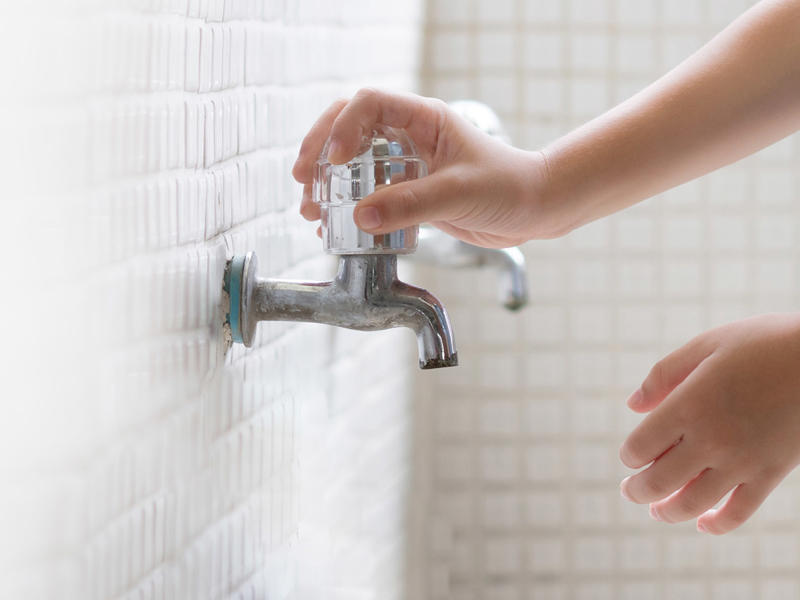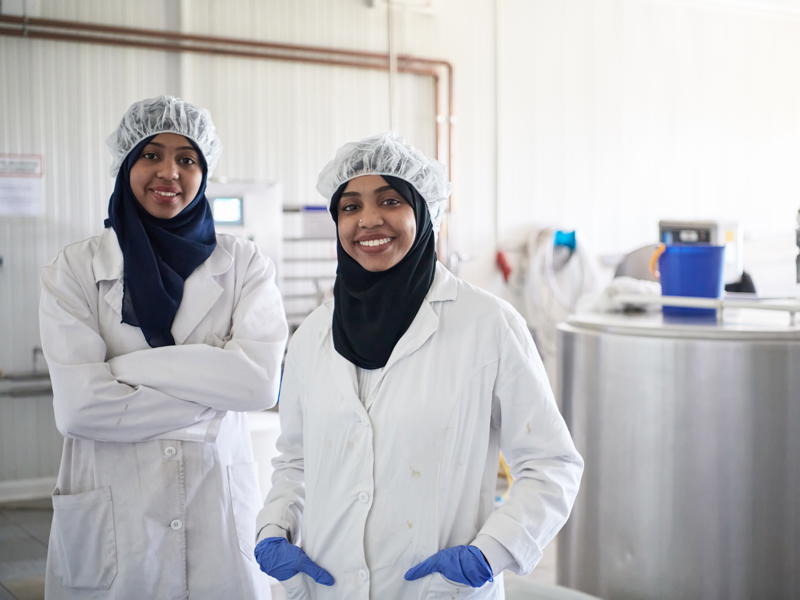J D Wetherspoon, has started a fresh programme to drive forward progress on its business commitments, including its goal to reach Net Zero in the UK and Ireland by 2050 (or sooner, if possible).
This large-scale initiative sees advanced water use analysis across its multi-site UK locations.

The Challenge
J D Wetherspoon sought to gain a fuller understanding around water use across its vast portfolio of locations to meet its commitment to reducing unnecessary water usage and operating ethically and sustainably.
Before the programme, effectively monitoring the portfolio was a challenge. Site-specific data around water use needed to be improved, including the need for better location data J D Wetherspoon has for water meters, so the portfolio is easier to monitor.
The Solution
J D Wetherspoon launched a large-scale water management programme with Water Plus, encompassing site visits at 800 locations and additional data analysis.
Key elements of the programme implemented in 2025 include:
-
Water Efficiency Audits: More than 140 water efficiency audits have been delivered at sites in England and Scotland, Ireland and Northern Ireland. A further 33 sites, including pubs and hotels, will also be visited during 2025.
-
Tracking Technology: Additional water tracking technology (data loggers) has been installed at more than 70 locations, feeding daily information into an online portal provided by Water Plus.
-
Water Saving Devices: More than 180 water efficiency devices have been installed at locations in Scotland, with an English site also receiving flush saving devices.
-
Expert Knowledge Share: The Key Account Manager from Water Plus completed 20 site visits in 2025, sharing knowledge and building awareness amongst J D Wetherspoon managers.
The Results
The joint water audit and water management programme is delivering significant insights and savings for J D Wetherspoon.
Mark Miller, Senior Manager Facilities and Pub Services at J D Wetherspoon, noted that the initiative is "really helping further our understanding around water use, giving us a fuller picture."














